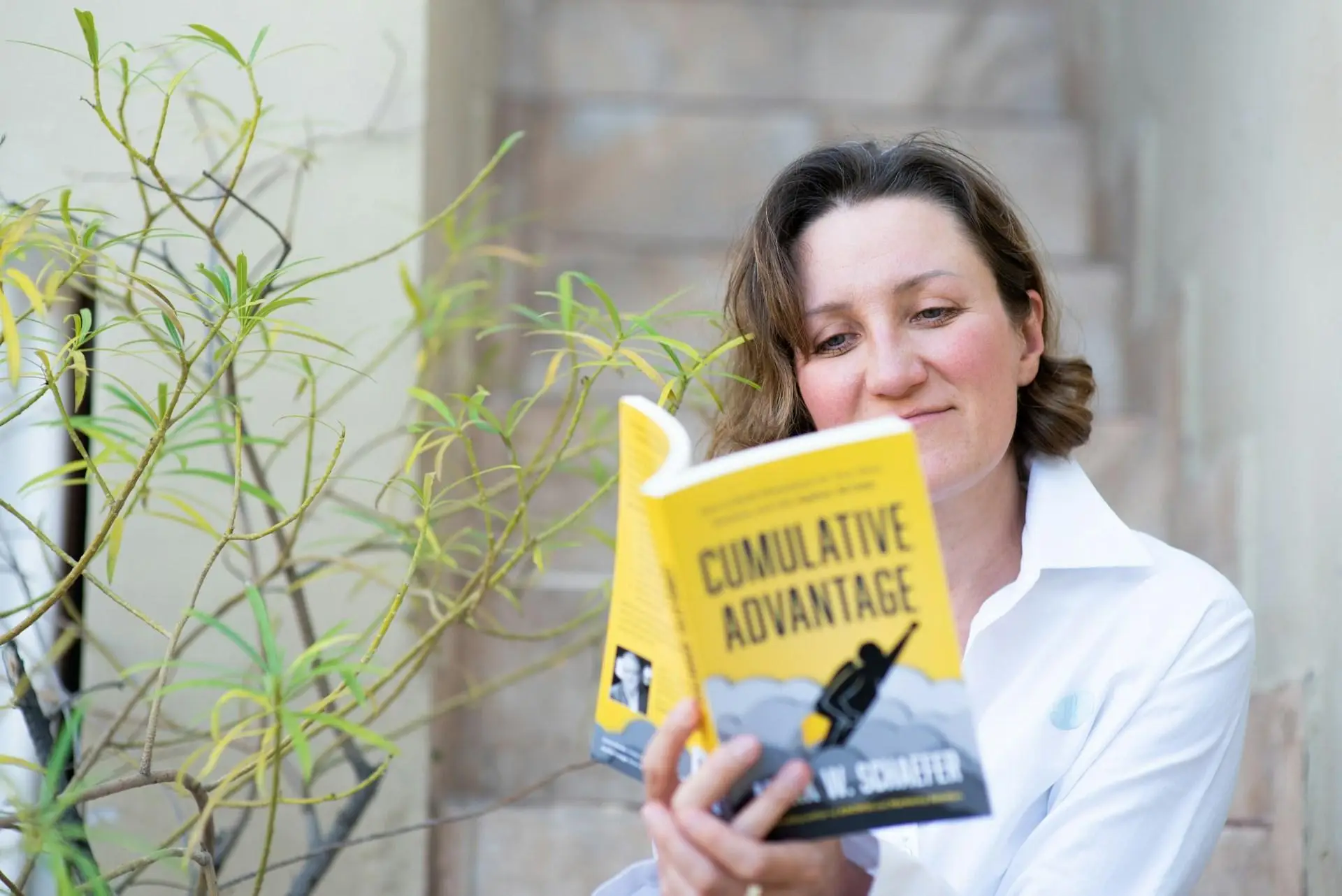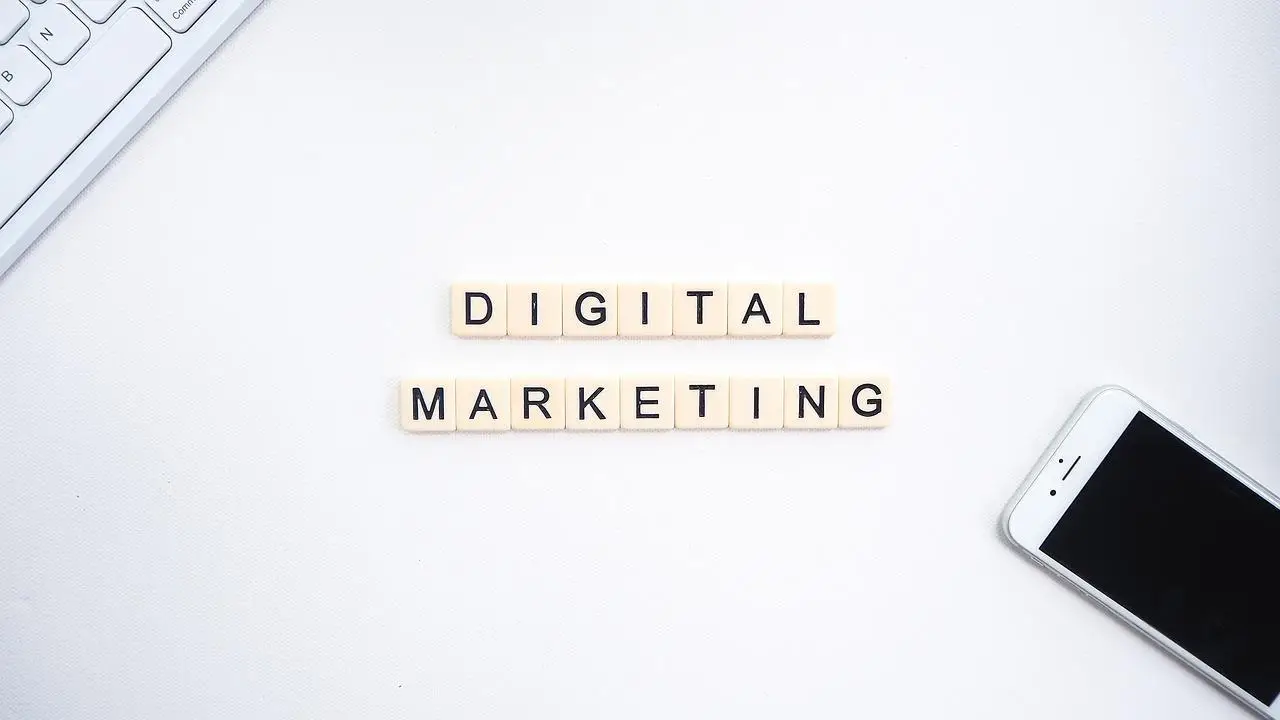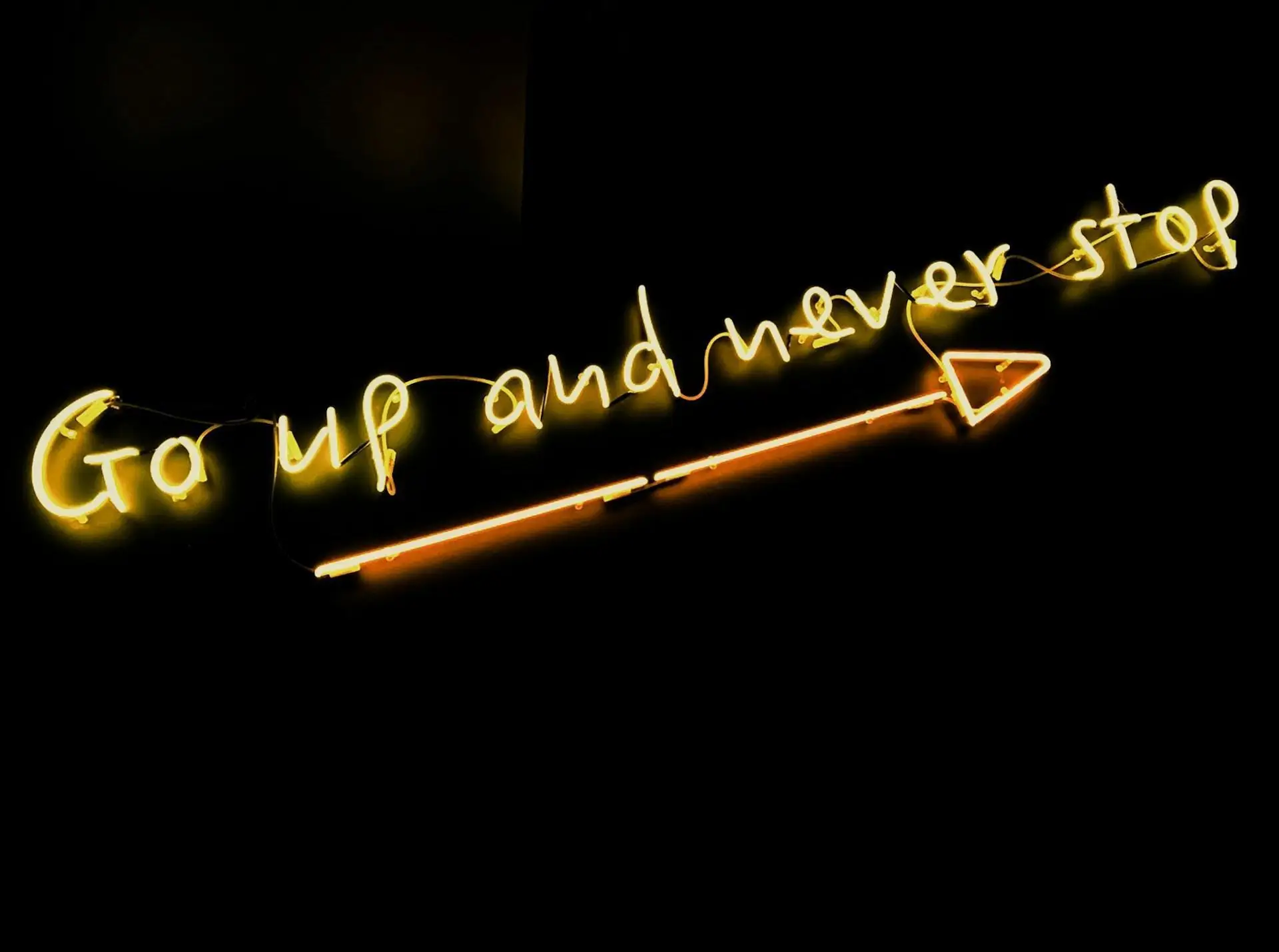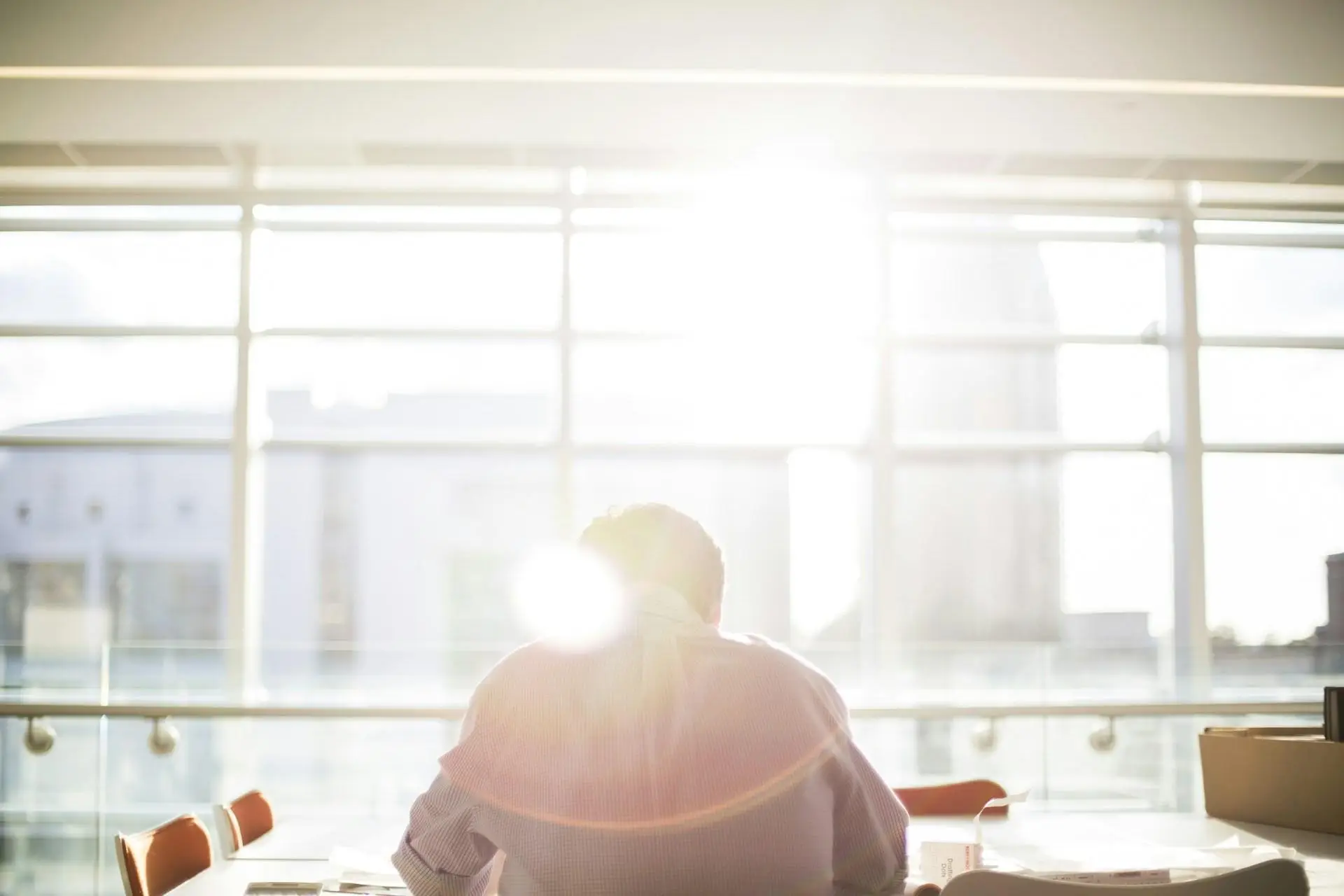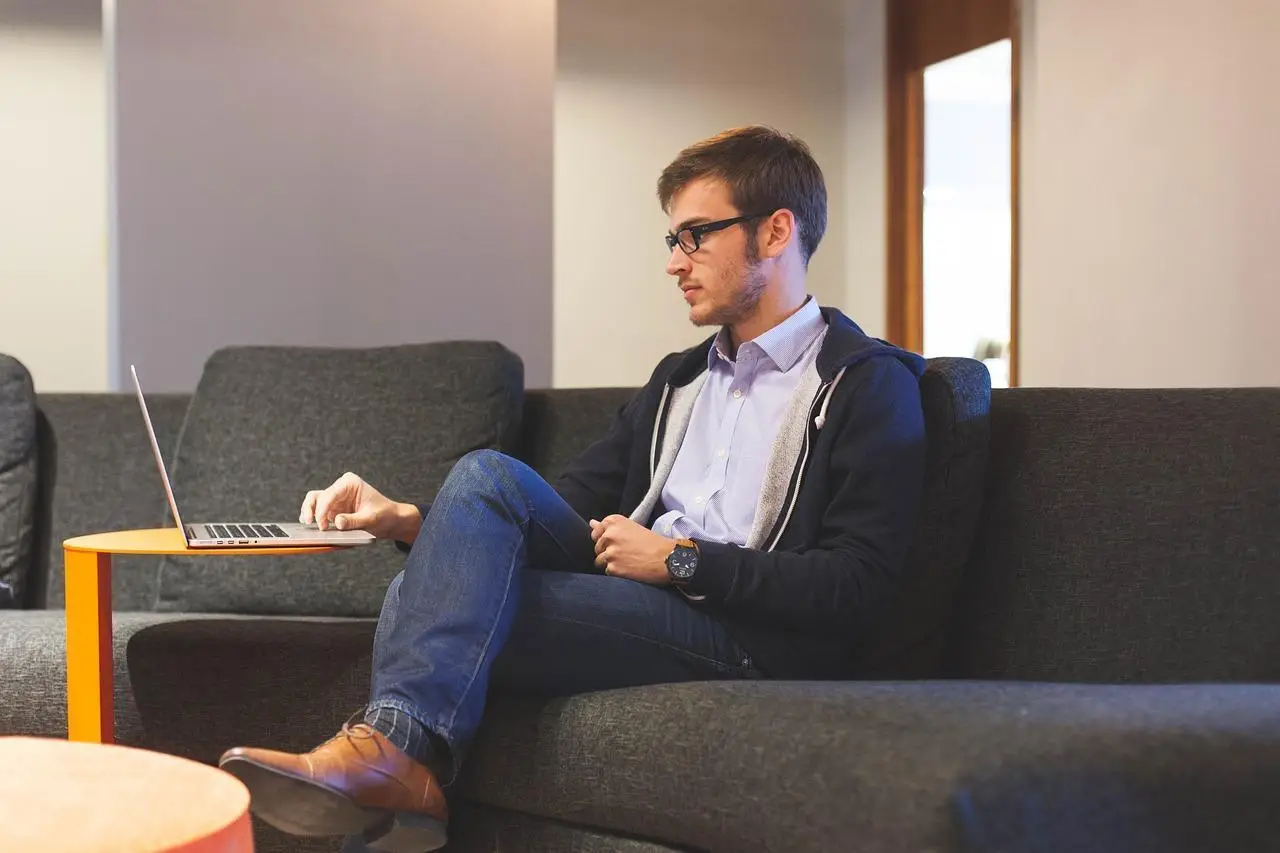When Algorithms Create Art - The Human Response to AI Creativity
The Digital Renaissance
The emergence of AI-generated art represents one of the most significant shifts in creative expression since the invention of photography. This technological revolution has sparked intense debates about creativity, authenticity, and the very nature of art itself.
Understanding AI Art Creation
The Technical Foundation
AI art generation relies on several key technologies and approaches:
- Machine Learning Algorithms
- Neural Networks
- Generative Adversarial Networks (GANs)
- Style Transfer Techniques
- Natural Language Processing
The Psychology of Human Response
Emotional Reactions
Research shows that human responses to AI-created art typically fall into five distinct categories:
- Wonder and Fascination
- Skepticism and Distrust
- Fear and Resistance
- Acceptance and Integration
- Creative Inspiration
The Art Market's Evolution
Economic Impact
The introduction of AI art has significantly disrupted traditional art markets:
| Aspect | Impact Level | Market Response |
|---|---|---|
| Traditional Art Sales | Moderate | Price Adjustments |
| Digital Art Markets | High | New Platforms |
| Gallery Systems | Significant | Hybrid Exhibitions |
| Collector Behavior | Substantial | Diversified Portfolios |
Artistic Authentication Challenges
Defining Originality
The rise of AI art has complicated traditional concepts of artistic authenticity and originality. Key considerations include:
- Attribution rights
- Creative ownership
- Algorithmic influence
- Human input value
- Copyright implications
The Creative Collaboration
Human-AI Partnerships
Artists increasingly view AI as a collaborative tool rather than a replacement:
- Concept development
- Style exploration
- Technical execution
- Creative iteration
- Final refinement
Cultural Impact and Society
Shifting Perspectives
AI art has influenced cultural attitudes toward creativity and expression:
- Democratization of art creation
- Accessibility of tools
- Evolution of artistic education
- Public perception changes
- Cultural value adjustments
Technical Limitations and Possibilities
Current Boundaries
Understanding the limitations and capabilities of AI art systems reveals important insights:
- Algorithm constraints
- Creative boundaries
- Technical challenges
- Future potential
- Innovation opportunities
Ethical Considerations
Moral Implications
The development of AI art raises significant ethical questions:
- Creative rights
- Job displacement
- Artistic value
- Cultural impact
- Educational implications
Professional Artist Adaptation
Industry Response
Professional artists are developing new strategies to work alongside AI:
- Skill enhancement
- Tool integration
- Market positioning
- Style differentiation
- Value proposition
The Future Landscape
Emerging Trends
The relationship between human creativity and AI art continues to evolve, with several key trends emerging:
- Hybrid creation methods
- Interactive installations
- Real-time generation
- Collaborative platforms
- Personalized art experiences
Bridging the Divide
The intersection of human creativity and artificial intelligence represents a pivotal moment in art history. As technology advances, the distinction between human and machine-generated art becomes increasingly nuanced, leading to new forms of artistic expression and appreciation. The future of art lies not in competition between human and artificial creativity, but in their thoughtful integration.
The evolution of AI art challenges traditional notions of creativity while opening new possibilities for artistic expression. Understanding and embracing this transformation will be crucial for artists, collectors, and art enthusiasts alike as they navigate this new creative frontier."

